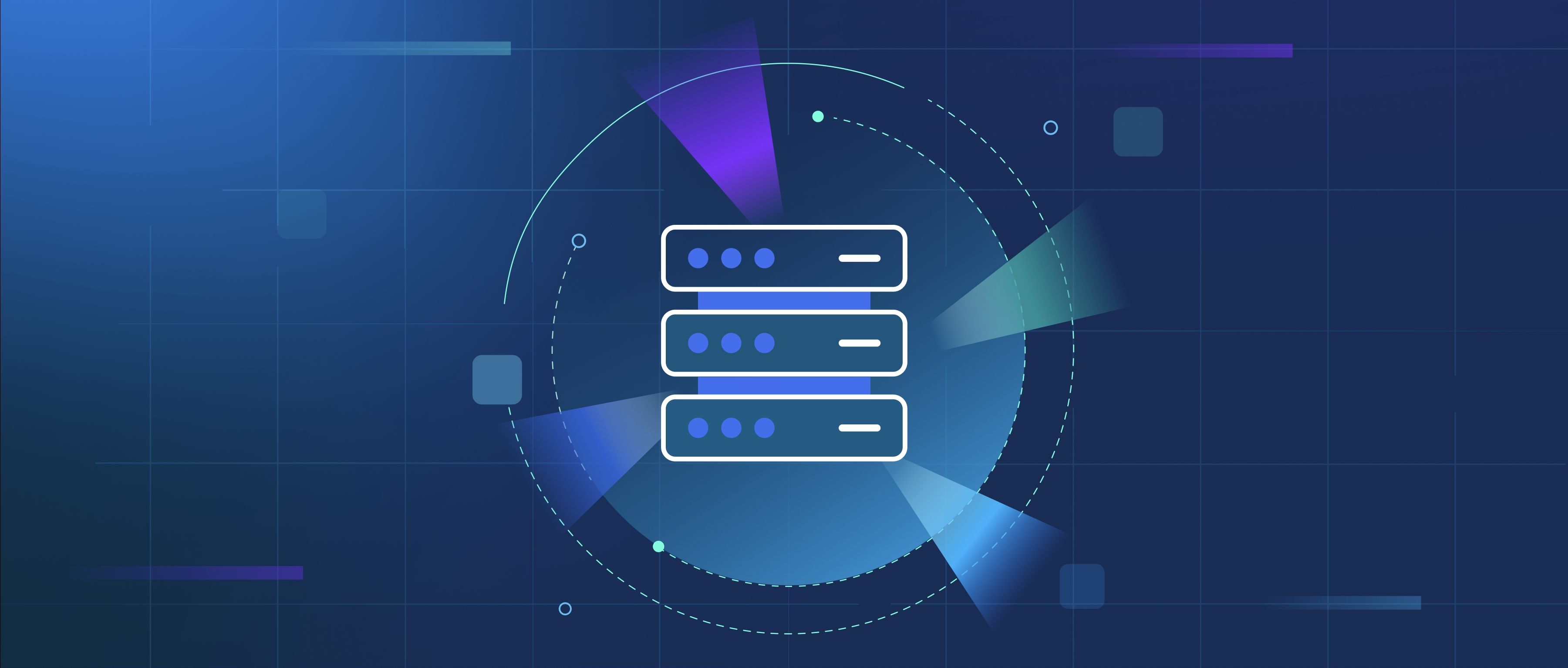For virtual reality (VR) development, several essential hardware devices are necessary to create an immersive and effective experience. The most critical component is a VR headset, which allows developers to visualize and interact with 3D environments. Common VR headsets include the Oculus Quest 2, HTC Vive, and Valve Index. Each offers various features such as resolution, field of view, and tracking capabilities, impacting the development experience. Developers should choose a headset based on their target platform and desired user experience, as different headsets may support differing development frameworks and engines.
Additionally, a powerful computer is crucial for VR development, as it needs to run intensive graphics and simulations smoothly. A high-performance GPU, like the NVIDIA GeForce RTX series, is essential for rendering detailed environments without lag. The CPU and RAM also play important roles in processing complex algorithms and managing multiple tasks. Developers should aim for a computer that exceeds the recommended system specifications for the target VR headset to ensure a seamless development experience. The ability to test and iterate quickly on designs is key to successful VR projects.
Finally, input devices such as VR controllers are important for interaction within the virtual environment. Most VR headsets come with their own set of controllers, which track hand movements and provide haptic feedback, enhancing immersion. There are also options for additional input devices, like gloves or motion trackers, which can further enrich the interaction design. Furthermore, development tools or software like Unity or Unreal Engine can help streamline the workflow, allowing developers to build VR experiences effectively. By integrating these hardware components, developers can create engaging and functional virtual reality applications.
